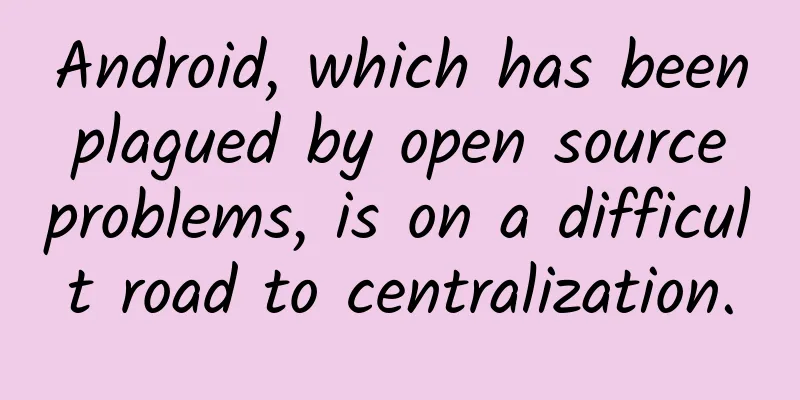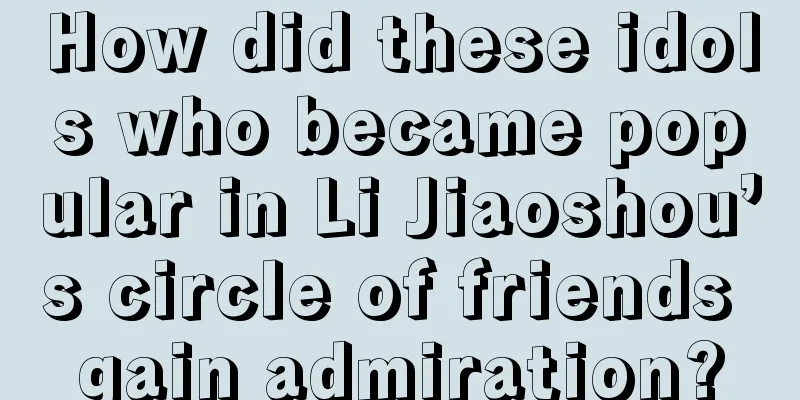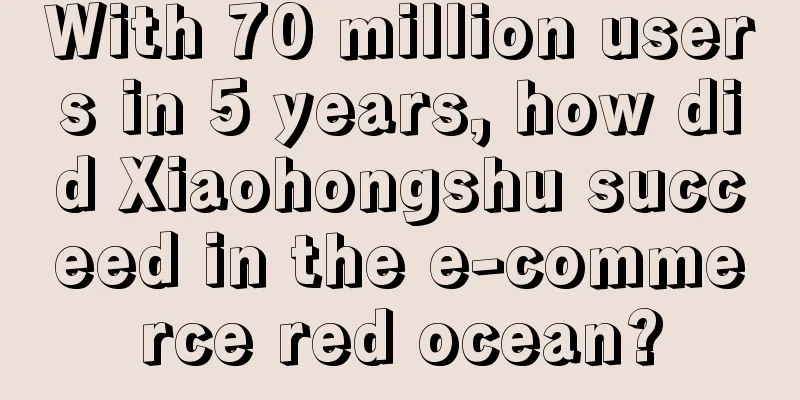Android, which has been plagued by open source problems, is on a difficult road to centralization.

|
Abstract: China is the most chaotic Android battlefield in the world, and Google doesn’t know whether it should be anxious or not. Interests are the fundamental driving force of everything from the Shanghai stock market crash in the late Qing Dynasty to the Sichuan Railway Protection Movement and the Xinhai Revolution; interests are also the real purpose behind countless slogans. If we do not dissect the complex details of these interests, we will be completely lost in the mist of history, just like a little nun who was touched on the bald head but did not know who touched her. Therefore, profit is the driving force behind all centralization. The same is true for Android. Google wants to increase its control over Android, but Android has gone from being open source to flourishing, and it is no longer something Google can control. (Plus the great wall) In the 5,000 years of Chinese history, there was the concentration of power by the royal aristocracy in ancient times, and now there is the monopoly of the "corporate empire". So, what is the concentration of power by Google in Android, and what is the truth behind it besides profit? Today, I will take you to analyze it briefly. A new world begins: open source Android iPhone is the first generation of smart phone launched by Apple. It was officially released on January 9, 2007 and officially sold on June 29 of the same year. That year also laid the groundwork for major changes in the mobile phone world. Nokia's fall was also due to the immature iPhone and the fledgling Android that year. With the birth of iPhone, Google seems to be more far-sighted than other mobile phone manufacturers. If there is only one choice of handheld devices in the future, if there is only one operator in the future, that world will be too terrible, so Android came into being. However, Android, which just entered the mobile phone industry, did not have much capital to compete in this industry, so open source became the best choice to attract manufacturers and developers. In November 2007, Google, 84 hardware manufacturers, software developers and telecom operators established the Open Handset Alliance to jointly develop and improve Android. Subsequently, Google released the Android source code under the Apache free open source license, allowing manufacturers to launch smartphones equipped with Android. Android later gradually expanded to tablet computers and other fields. The open source nature of Android allows many manufacturers to freely use the source code for customized modifications, but this is also its biggest disadvantage: the free modification of the source code, the complexity of the numerous devices, the different system versions, the inconsistent hardware resolutions, etc., lead to poor software compatibility and serious fragmentation; the most obvious example is that each time a new version of the system is released, the update ratio is much less than other proprietary systems. Open source became the trigger for Google's later desire to centralize power. Google has taken a large part of the blame for Android's bad reputation, and it's time to take back some of the blame. Mid-term war: I gave you too much freedom, but it’s too late to reduce the power of the vassal states Since Android has no requirements for manufacturers, various OEMs have risen up to dominate the market. However, Google, whose original intention was to make Android more widely available and attract more developers, is now in a dilemma.
The lyrics of "I gave you too much freedom" are well sung. The freedom is too great. It is like a horse that has run away from its reins, and it is difficult to take it back. In the past few years, Google has gradually tightened its control over the source code in the open source AOSP (Android Open Source Project). From large services to small input methods, Google has gradually closed the open source of those codes. Although APP manufacturers such as application markets, address books, and text messages will customize or develop their own exclusive ones. However, compared with the native services and experience, many obsessive-compulsive users still do not pay for it. Modern Battlefield: If you can't rule the battlefield, then build a king In fact, the biggest fragmentation problem in the Android market is the Chinese market. For some reason, Google is not in China, so Google's Android is not suitable for China. China cannot have a series of products such as Google services, so customized UI, ROM and applications have replaced them, which increases the difficulty of Android unification. China is like a large battlefield, and the winners now seem to be Huawei, OPPO, vivo, Xiaomi and other manufacturers. They have established their own small ecosystems, but domestic manufacturers do not care about Google's requirements for Android, from virtual buttons to back fingerprint recognition, and recently Google's requirements for VR products and fast charging technology.
From the user experience point of view, Google's unified product expectations are beneficial to users. First of all, unified management is conducive to user system upgrades and monthly security updates. This is very difficult for small manufacturers, because first of all, R&D and adaptation are not a small project, and secondly, small manufacturers do not have the ability to fix various bugs. Furthermore, a unified direction will create unified convenience for future mobile phone peripherals. For example: unified Type-C and unified VR requirements not only standardize the user experience, but also standardize safety. In the turbulent times, Google's experimental benchmark Nexus in the past few years has gone, and the new generation of Pixel has taken over the benchmark position. This year, Google is expected to compete for more market share with its own son. Whether this flagship benchmark can shake the entire mobile phone market and become a dominant benchmark still needs to be tested in the later market. Google's road to centralization is extremely difficult (domestic manufacturers are not willing to pay, and there is no Google market in China). Perhaps relying on its own products to become the king to unify the standards is the most reasonable control. |
<<: How long will it take for VR to enter its spring?
>>: Android devices more reliable than iPhones, report shows
Recommend
[Optimization Tips] Headline Information Flow: Do you know all these tips?
When I get old, my hair turns white. Information ...
Case analysis: How to build a user incentive system?
The construction of a user incentive system is ge...
How much does it cost to join the Zigong Car Moving Program?
What is the price to join the Zigong Car Moving M...
Analysis of Dianping's Membership Operation System
Because I got a high-quality free meal on Dianpin...
What are the functions of the Lanzhou WeChat blind date mini program? How much does it cost to make a matchmaking app?
Nowadays, the ratio of men to women is unbalanced...
DeepLink page jump technology between mobile applications
Introduction to DeepLink DeepLink is a technology...
Would you like to know the 10 tips for Weibo operation and promotion?
Would you like to know about the ten tips for Wei...
What is the essence of “super user thinking” in Luo Zhenyu’s 2017 New Year’s Eve speech?
For super users, spring is here. But ordinary use...
Two major channels for Tik Tok to get free traffic!
There is always not enough traffic for the video,...
Taking CCTV and Google as examples, let’s talk about the mechanism design of bidding advertising!
Many people have two extreme views on competitive...
How to thoroughly implement content operations? These three new media experts gave 15 pertinent suggestions!
What kind of text style can users read most? Is i...
Is event planning and promotion really as simple as you think?
[Introduction] Recently, due to the impact of the...
Re-analysis: The tactics behind the screen-sweeping mini-games tested by NetEase and Snowball!
This article reviews and compares two similar ope...
Du Ziteng's Douyin vocal music course complete version 12 lessons
What I want to introduce to you today is Du Ziten...
A brief history of operations: everything you want to know and don’t want to know
I must be honest, this article is the most time-c...









